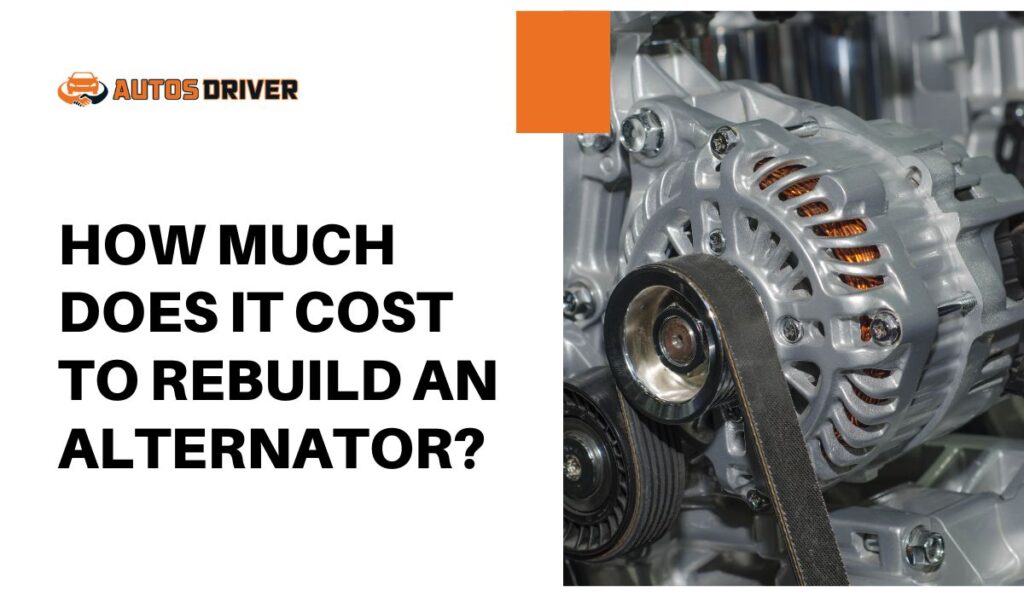Tire pressure is a crucial factor that often goes unnoticed by many drivers, yet it plays a significant role in the overall performance of a vehicle. One particular aspect that deserves attention is how tire pressure affects gas mileage. Maintaining the right tire pressure not only ensures safety on the road but can also have a substantial impact on fuel efficiency. In this article, we will explore the correlation between tire pressure and gas mileage, shedding light on the importance of proper inflation.
The Basics of Tire Pressure
Before delving into the specifics of how tire pressure affects gas mileage, it’s essential to understand the basics. Tire pressure refers to the amount of air inside a tire, measured in pounds per square inch (psi). Each vehicle has a recommended tire pressure specified by the manufacturer, and it can typically be found in the owner’s manual or on a sticker inside the driver’s side door jamb.
Proper tire pressure is crucial for various reasons. First and foremost, it ensures optimal handling and performance of the vehicle. Insufficient tire pressure can lead to increased rolling resistance, affecting traction, cornering, and overall stability. On the other hand, overinflated tires can result in a harsher ride, reduced grip, and uneven tire wear.
How Much Does Tire Pressure Affect Gas Mileage?
Now, let’s delve into the core question: How much does tire pressure affect gas mileage? The impact is more significant than many drivers might realize. In fact, maintaining the correct tire pressure can lead to notable improvements in fuel efficiency. Here’s how it works:
Reduced Rolling Resistance
One of the primary ways in which tire pressure affects gas mileage is through rolling resistance. Rolling resistance is the force required to roll a tire. When tire pressure is too low, the tires deform more than they should, increasing rolling resistance. This, in turn, makes the engine work harder to propel the vehicle forward, resulting in decreased fuel efficiency. By maintaining the recommended tire pressure, drivers can minimize rolling resistance and improve gas mileage.
Optimal Fuel Efficiency
Properly inflated tires contribute to optimal fuel efficiency. When tire pressure is within the recommended range, the tire’s contact patch with the road is maximized. This ensures that the engine doesn’t have to work as hard to move the vehicle, leading to more efficient fuel consumption. Regularly checking and adjusting tire pressure can be a simple yet effective way to enhance gas mileage and save money on fuel costs.
Temperature Impact on Tire Pressure
Understanding how temperature affects tire pressure is crucial for maintaining optimal inflation. Tire pressure tends to decrease in colder temperatures and increase in warmer conditions. As the seasons change, it’s essential to monitor and adjust tire pressure accordingly. Failing to do so can lead to underinflated tires during the winter, resulting in reduced gas mileage. Regularly checking tire pressure becomes even more critical in regions with significant temperature variations.
Impact of Underinflated Tires
To emphasize the point further on how much tire pressure affects gas mileage, let’s look at the impact of underinflated tires. When tires are not properly inflated, the increased rolling resistance forces the engine to work harder, leading to higher fuel consumption. Studies have shown that underinflated tires can decrease gas mileage by up to 3%. This might seem like a small percentage, but over time, and considering the rising cost of fuel, it can result in a significant financial burden for the average driver.
Safety and Tire Pressure
While the focus here is on the relationship between tire pressure and gas mileage, it’s crucial to mention the safety aspect. Properly inflated tires contribute to better vehicle control, shorter stopping distances, and overall improved safety on the road. By maintaining the recommended tire pressure, drivers not only enhance fuel efficiency but also reduce the risk of accidents related to tire issues.
Importance of Regular Maintenance
To reiterate how much tire pressure affects gas mileage, it’s essential to emphasize the importance of regular tire maintenance. Many drivers overlook this aspect until they experience a noticeable drop in fuel efficiency. Simple practices, such as checking tire pressure at least once a month and before long trips, can go a long way in ensuring optimal gas mileage.
Conclusion
In conclusion, the impact of tire pressure on gas mileage is a critical aspect of vehicle maintenance that should not be underestimated. Maintaining the recommended tire pressure offers benefits beyond improved fuel efficiency, including better handling, safety, and extended tire life. By understanding how much tire pressure affects gas mileage and incorporating regular maintenance into their routine, drivers can enjoy a smoother and more economical driving experience. In essence, proper tire pressure is a small investment that pays off in both savings at the pump and enhanced overall vehicle performance.
Rev up your knowledge and get your speedometer back on track! Explore expert tips on speedometer repair at Autos Driver.




